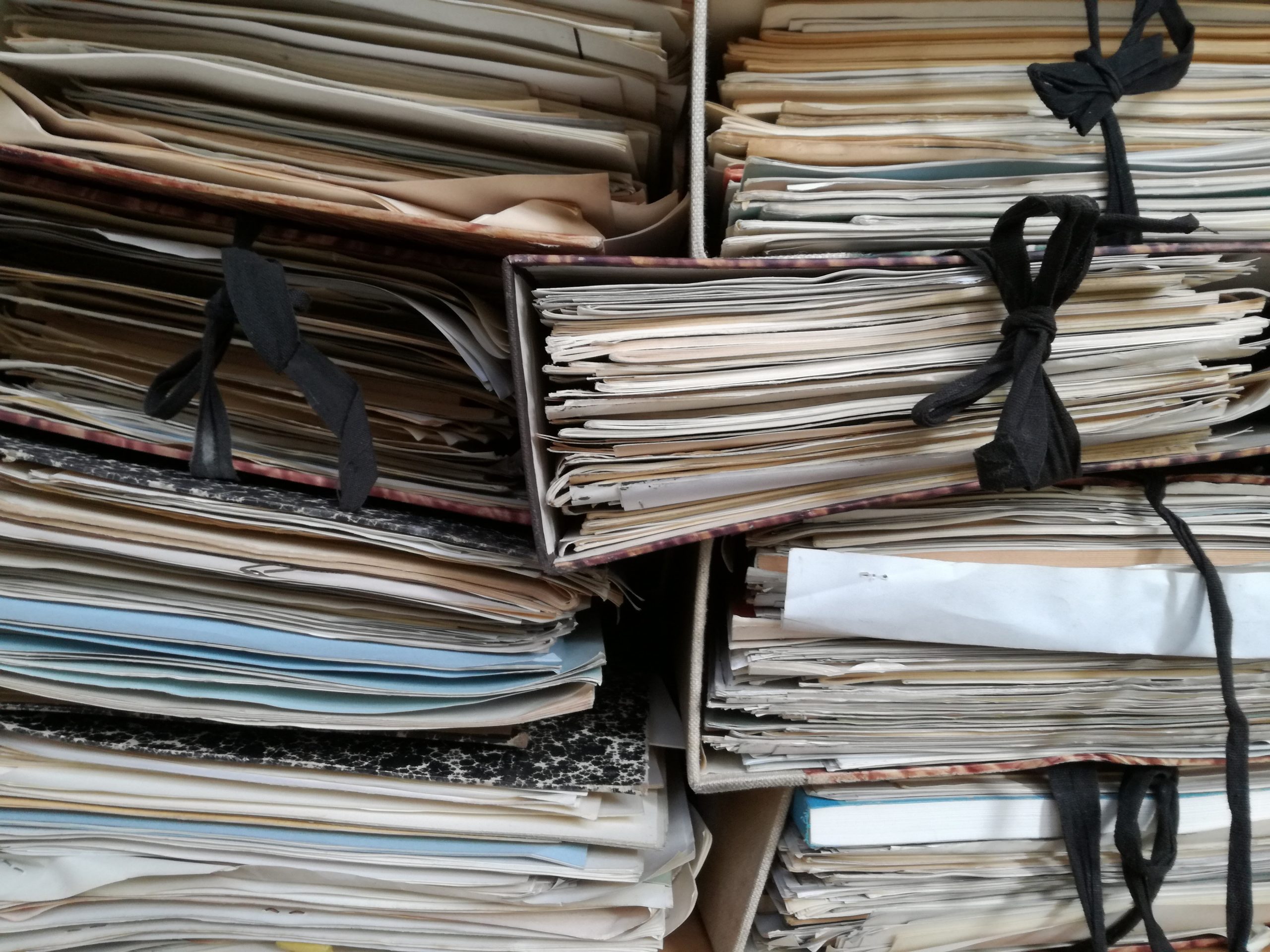
What is a balance sheet, how is it interpreted and what is it for?
A company’s balance sheet is usually the most basic term we learn in economics classes, but several basic concepts should be reinforced before going deeper. As a definition, we can state that it is an essential tool to reflect the financial situation and is made up of two parts: assets and liabilities.
Assets are the assets and rights held by the company, which are expected to generate future economic benefits, such as a house or the furniture in it. It can be divided into two categories: current assets and non-current assets.
Current assets could be transformed into cash in less than a year, such as accounts receivable, inventory, and other rapidly cash-converting assets. However, non-current assets would need more than a year to transform into cash, such as buildings, machinery, vehicles and other fixed assets.
When imagining a picture of the balance sheet, the assets are presented in order of their liquidity, therefore, current assets are placed first and then non-current assets.
Liabilities consist of the obligations and debts that the company has with third parties, such as suppliers, employees, banks and other creditors. Like assets, they are divided into two groups, current and non-current.
Current liabilities are obligations and debts that must be repaid in a term of less than one year, such as accounts payable, short-term loans and other liabilities that are due in a short term. However, non-current liabilities are obligations and debts that must be repaid over a period of more than one year, such as long-term loans, mortgages and other obligations that are due over a longer term.
Liabilities are also presented in order of maturity, first current liabilities and then non-current liabilities. Therefore, current liabilities must be paid before non-current liabilities, because they are due in a shorter term.
The fundamental rule of every balance sheet is that it should always be balanced, that is, the sum of the assets must be equal to the sum of the liabilities. What this tells us is that the company has enough assets to pay all its debts if necessary.
To assess the financial situation and to be able to make decisions, the balance sheet is a very helpful tool. For example, if the liability is greater than the asset, the company may be in an insolvency situation and have trouble paying its debts. In this case, the ideal would be to reduce expenses or to seek new sources of funding.
An optimal financial situation occurs when the asset is greater than the liability. At that time, we can consider investing in new projects or markets.
And what is net worth? To understand it simply, it is the number that remains after deducting liabilities from assets. It is made up of share capital, reserves and accumulated profits or losses.
Share capital is the money invested by shareholders in the company.
Reserves are the profits that the company has retained and that have not been distributed as dividends to shareholders.
Finally, accumulated profits or losses are the profits or losses that the company has generated since its founding.
The balance sheet is a key tool for evaluating the financial situation of companies and being able to make decisions accordingly. Some of these decisions could be to seek new sources of funding, reduce your expenses, or invest in new projects.
If you’re thinking about starting a new business or better understanding your company’s finances, it’s important to consider all these balance sheet data. It’s true that it may seem complicated at first, but it’s important to take the time to understand it and use it as a tool to improve decision-making and assess the financial health of the company. With good management and financial control, any company can succeed and grow sustainably.
